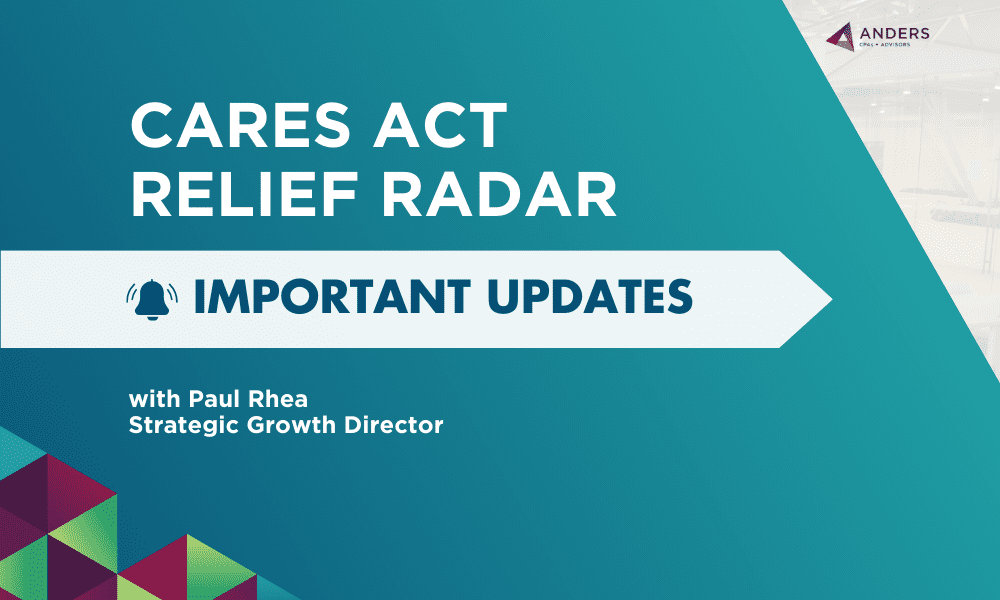A second round of Paycheck Protection Program (PPP) loans brings many questions around funding eligibility and how the money can be spent to qualify for forgiveness. Once you have either a PPP1 or PPP2 loan, it’s important to understand what costs are covered so you can maximize forgiveness.
Similar to the first round, 60% of PPP2 funds will need to be used for payroll and 40% can be used for non-payroll expenses. Below is a list of nonpayroll costs that qualify and the related eligibility and documentation requirements.
Timing of Eligible Nonpayroll Costs
Eligible nonpayroll costs are those that are either:
- Paid during the covered period
- Incurred on or before the end of the covered period but paid by the due date after the covered period
Example: If rent for the month of October is due by November 1st and your covered period ended October 21, you would get to include a portion of that November payment to account for 21 of the 31 days.
Types of Nonpayroll Costs
Below is a list of eligible nonpayroll costs, assuming they meet the timing criteria above.
- Interest payments on (most) business loan obligations that were in existence before February 15, 2020
- Rent/lease payments on real or personal property under an agreement in place before February 15, 2020
- Business utility payments for services in place before February 15, 2020, including electricity, gas, transportation, water, telephone and internet
- Covered operations expenditures, including:
- Payment for any business software or cloud computing service that facilitates business operations
- Product or service delivery
- The processing, payment or tracking of payroll expenses
- Human resources
- Sales and billing functions
- Accounting or tracking of supplies, inventory, records and expenses
- Covered property damage costs
- Cost related to property damage and vandalism or looting due to the public disturbances that occurred in 2020, but cannot have been reimbursed by insurance
- Covered supplier costs, including payments made to a supplier of goods for supply that meets the following criteria:
- Is essential to operations of the business AND
- Payment made pursuant to a contract, order, or purchase order that was either:
- In effect any time before the covered period, OR
- For perishable goods only, in effect any time prior to the end of the covered period
- Covered worker protection expenses
- Operating or capital expenditures to facilitate the change of business activities related to COVID. This may include purchases, maintenance or renovation of assets that create or expand:
- Drive-through window facility
- Indoor, outdoor, or combined air or air pressure ventilation or filtration system
- Physical barriers such as a sneeze guard
- Expansion of additional indoor, outdoor, or combined business space
- Onsite or offsite health screen capabilities
- Operating or capital expenditures to facilitate the change of business activities related to COVID. This may include purchases, maintenance or renovation of assets that create or expand:
Required Documentation
It’s important to keep proper documentation of expenses paid with loan proceeds to make the forgiveness process simpler when the time comes to apply. Make sure to keep track of the following documentation for each expense:
- Copies of invoices, purchase orders, receipts or cancelled checks
- Copies of account statements and lease agreements
Our advisors are closely following COVID-19 relief efforts and will continue to publish insights to keep you informed on our COVID-19 Resource Center. Tune in to our video series PPP with Paul and Dan to learn more about the Paycheck Protection Program.
To discuss how we can best assist you and the associated fees, contact an Anders advisor below.




